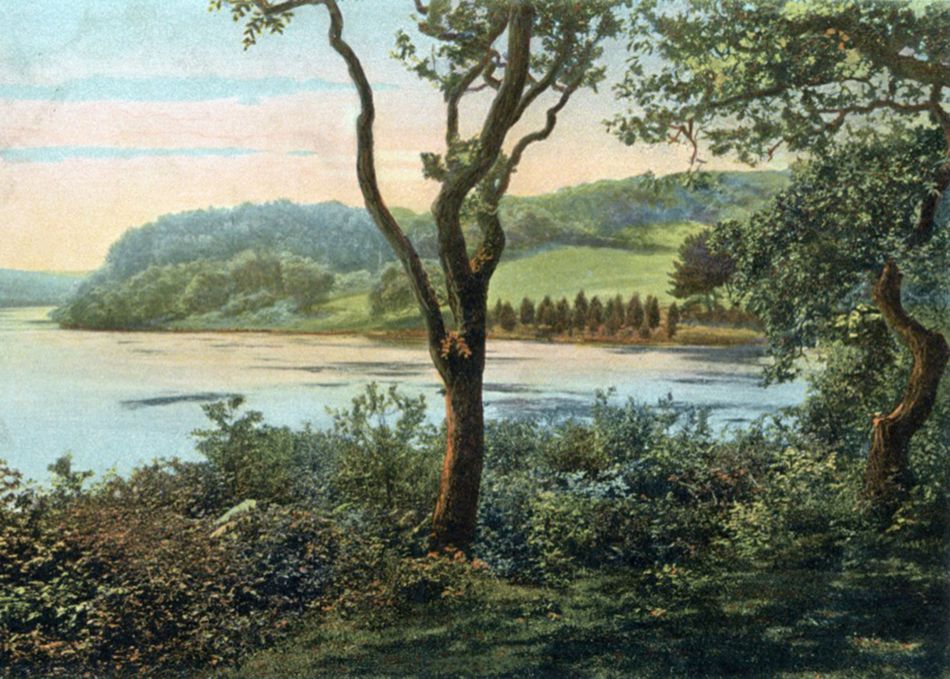Cornwall's border
Although the Tamar begins as a small spring it is fed by other rivers, or tributaries, including the Tavy, Carey, Thrushel, Lynher, Inny, Ottery, Claw, Lyd, Kensey and Deer.
The Tamar is Cornwall's longest river and passes through a varied landscape of woodland, rolling hills and dramatic rocky crags. After flowing past Saltash the Tamar is joined by the Lynher and forms the Hamoaze, before flowing into the sea at Plymouth Sound.
The estuary part of the Tamar is a designated Site of Special Scientific Interest (SSSI), in part recognising the diversity of bird species it supports. It is also a European Special Area of Conservation, as the low levels of salt in the estuary means that it supports unusual marine life.
The Tamar Valley, including the areas around the Tamar and its tributaries the Lynher and Tavy, is an Area of Outstanding Natural Beauty. It is also part of the Cornish Mining World Heritage Site due to the mining remains in the area.
In 936AD King Athelstan drew a boundary at the Tamar between Wessex and Cornwall and the river still forms most of the boundary today. The river is part of Cornwall, so if you are on or in the Tamar you are still in Cornwall until you reach the Devon bank. The Tamar lakes are reservoirs, which were created to provide water for the Bude Canal and the town of Bude. The boundary runs through the middle of the lakes.

There are many places to cross the river by road. The oldest is Horsebridge, which was built in 1437. The railway crosses the river over Brunel's Royal Albert Bridge at Saltash and over a viaduct at Calstock.
Legend has it that the river was created when a nymph called Tamara was disowned by her father for playing with the giants Taw and Tavy. The story goes that she cried so much that she turned into a river and flowed to the sea. The giants were so upset that they decided to become rivers to join Tamara at the sea. Tavy succeeded but Taw was deceived by a witch who sent him in the wrong direction to the north coast, where he flows forever away from Tamara.
Did you know?
Because Cornwall is a Duchy, the Duke of Cornwall is the ‘Crown’ in Cornwall, much like the king or queen is in England. If a sturgeon (royal fish) is caught in any river in England it belongs to the King or Queen, but if it is caught in the Tamar or any other river in Cornwall it belongs to the Duke of Cornwall.









